By Anna McMaken-Marsh
My heart is heavy after this year’s Day of Silence. It’s a complicated sadness; I don’t feel my familiar righteousness or sense of direction in the face of homophobia. My mind is a puzzle and a knot. When students who are marginalized because of language and culture become silenced by classroom talk to support students who are marginalized because of their gender and sexual identities, what can I do? How can I bridge that silence?
My school district, in a medium-sized university town, holds a diverse mix of families. About 40 percent of our families are white; they are often liberal and wealthy; 60 percent are families of color. My school serves many East African and South Asian immigrant families from Somalia, Ethiopia, and Bangladesh, who often live in subsidized housing. My work as a white, anti-racist teacher centers around creating welcoming and safe spaces for students with different cultural perspectives. I structure my 6th-grade English classes around sharing stories and examining racism. I want my classroom to be a place where all my students are seen and feel heard — not just by me, but by one another.
In the early 2000s, even in our liberal community, it was not an easy decision to be open as a lesbian in the classroom, although the district was supportive. I wondered about students whose families and cultures were less accepting of gay and lesbian issues — I had both Christian and Muslim families, mainly immigrants, who grounded their family values in religious communities that held cultural, language, and gender role expectations that were deeply important to them. Although many of our values overlapped, acceptance of LGBTQ+ people was often explicitly disallowed.
I shared about my family with students, often through modeling writing tasks, or work about identity, and I led a Gender and Sexuality Alliance (GSA) group as well. Sometimes it was just rainbow cookies and unicorn bonding. Sometimes it was anger and frustration about gym teachers who divided class into boys and girls. Sometimes it was shy questions and new vocabulary.
The GSA planned and organized our yearly participation in the National Day of Silence. This day, organized in more than 3,000 schools around the country, invites students to be silent for a day in order to raise awareness about homophobia and transphobia in schools. Year after year, students were surprised to find two-thirds of their classmates choosing to participate. The GSA visited homerooms, worked sign-up tables, and participated in the assembly to launch the day. The conversations, mostly between students, opened new understandings. They created a sense that many people believed in LGBTQ+ rights. Many people wanted to be supportive. Students often commented that they felt the tone shift after the Day of Silence. When I asked how many students heard the phrase “that’s so gay” today, this week, this month, fewer and fewer students raised their hands. It was as if it had become uncool to use homophobic slurs. Over the years, more students began to share their queer identities. More students explored their gender identity and pronoun use.
Despite these cultural and school-based shifts, there were places that continued to feel like a knot of intersecting issues. Although my school is more than 50 percent students of color, the GSA has often been unbalanced in terms of race and religion. Students from white upper-middle class families seemed to feel more free to explore their identities than students from strict Muslim or Christian families. White kids from liberal families still described feeling marginalized and frightened about their sexual and gender identities, but it was not comparable to the challenges described by queer students whose identities were affected by multiple forms of oppression — not just homophobia within their religious communities, but racism within the school and GSA community.
 This lesson originally appeared in the Winter 2022–2023 issue of Rethinking Schools.
This lesson originally appeared in the Winter 2022–2023 issue of Rethinking Schools.

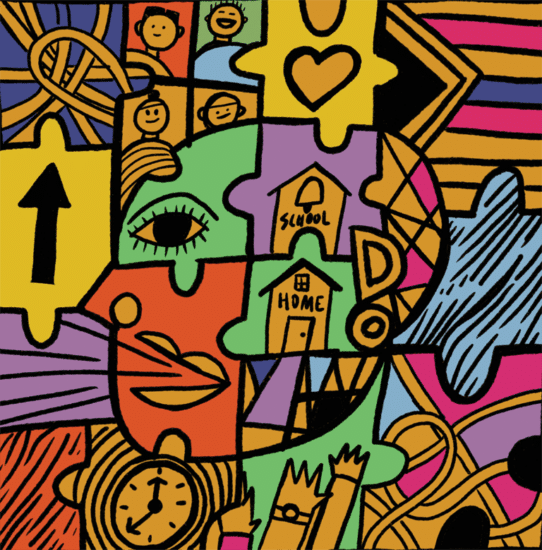
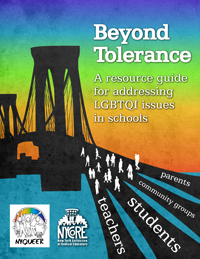
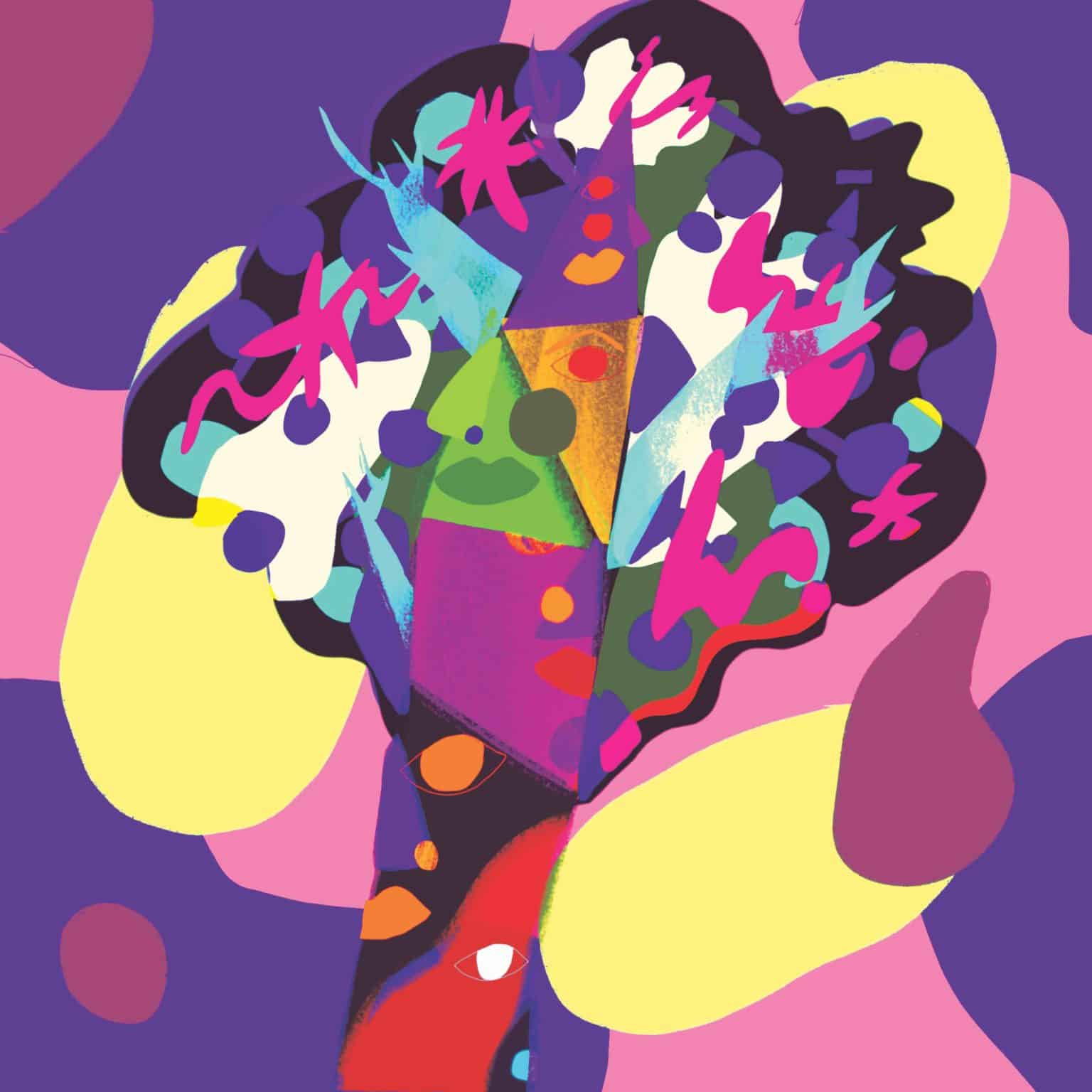
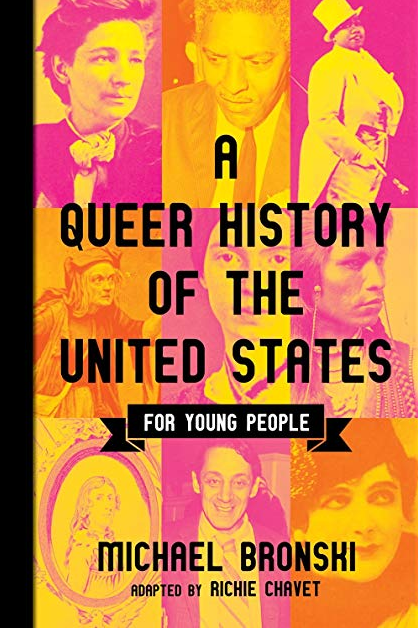
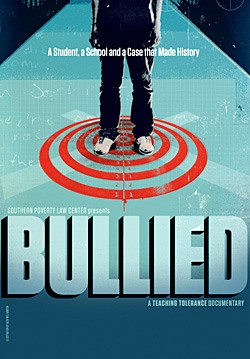
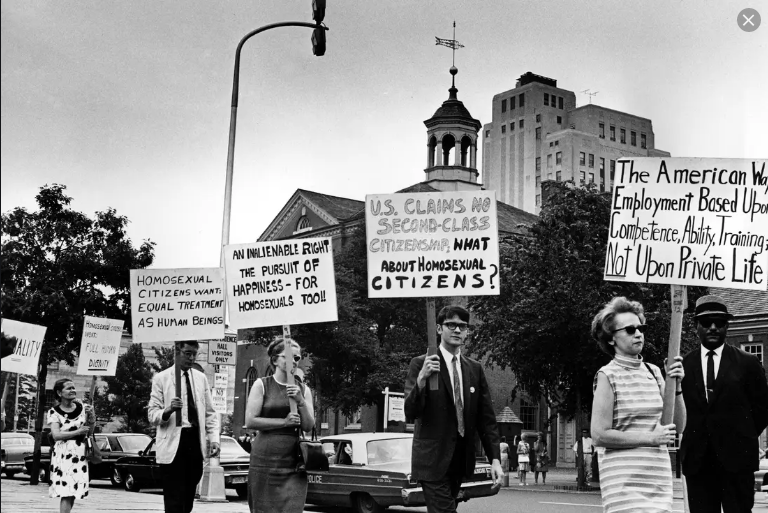
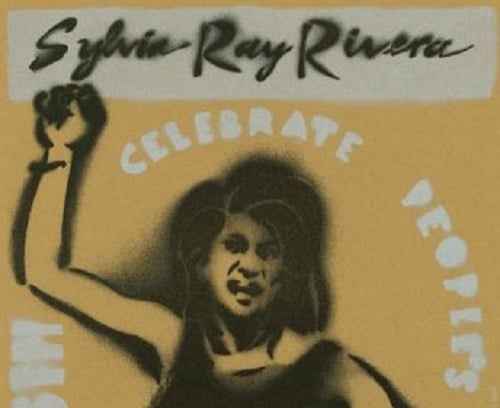
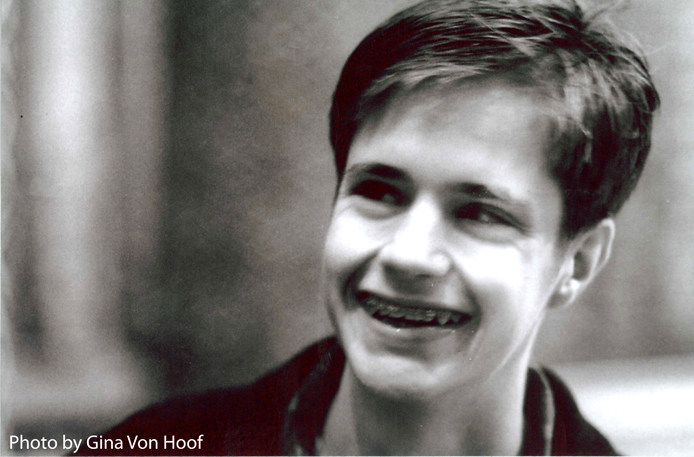






Twitter
Google plus
LinkedIn